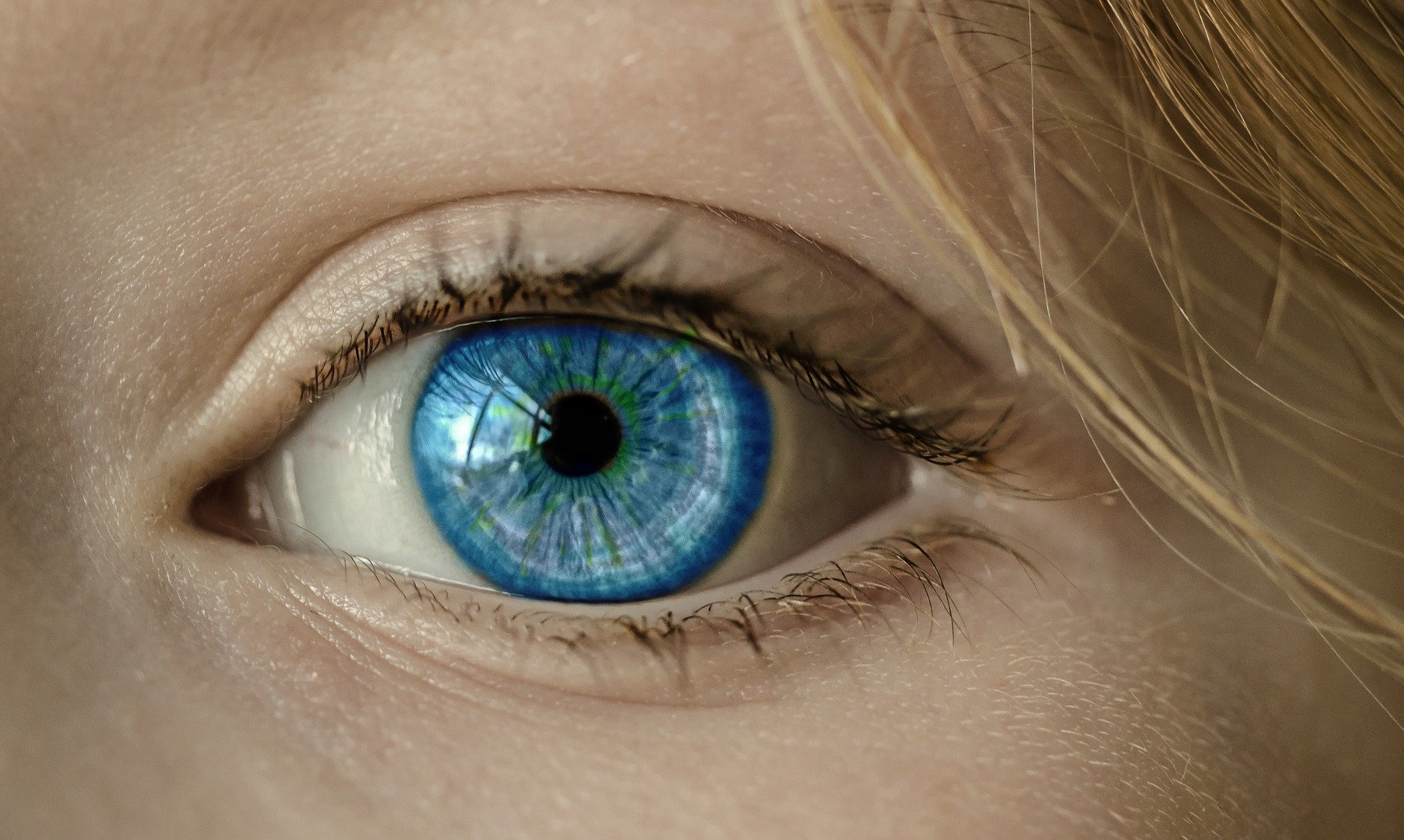
An overview of spaceflight-associated neuro-ocular syndrome (SANS)
A constellation of observations and symptoms that have been discovered in astronauts who have endured long-term space flight (LDSF) missions in microgravity environments (e.g. International Space Station (ISS)) is the Spaceflight-related Neuro-Ocular Syndrome (SANS)-formerly named visual impairment and intracranial pressure (VIIP) syndrome (ICP). Therefore, to reflect the relative uncertainty of the exact etiology & pathogenesis, SANS represents a nomenclatural change. Ophthalmology continues to play a major role in characterizing and minimizing one of astronauts' highest priority threats during prolonged space flights—a neuro-ocular syndrome associated with spaceflight— (SANS). Due to the emerging theory that the etiology of the condition does not derive solely from intracranial hypertension alone, VIIP has become known as SANS and may need further study, even though it may be multifactorial.
Astronauts are subject to prolonged microgravity exposure during LDSF, which acts as the primary risk factor for SANS. A decrease in distance and near visual acuity was recorded by approximately 60 percent of astronauts who underwent LDSF. Furthermore, case study results found that certain astronauts flying on missions longer than 30 days had baseline anatomical ocular changes observed by physicians in fundoscopy, orbital ultrasound, optical coherence tomography, or brain MRI scans. Optic disc edema, hyperopic change, cotton wool spots, globe flattening, and choroidal folds were included in these neuro-ocular anatomical modifications. During subsequent postflight follow-ups, several of these anatomical modifications continue to be seen, and some astronauts have found that their refractive errors caused by microgravity remain years after their LDSF mission.
Astronauts are now using various reading glasses (formerly "space anticipation glasses") with improved diopter power to help reduce improvements in visual acuity when their regular prescription glasses are no longer powerful enough to perform tasks onboard the International Space Station (ISS). The overall prognosis for astronauts with SANS results was variable, but due to LDSF on the ISS, no permanent vision loss was reported.
However, years after a mission, there are records of persisting choroidal folds, as well as hyperopic visual changes that have yet to be resolved. Continued research into further understanding and mitigating SANS is of the utmost importance for astronaut health and space exploration with NASA's sights set on Mars.




